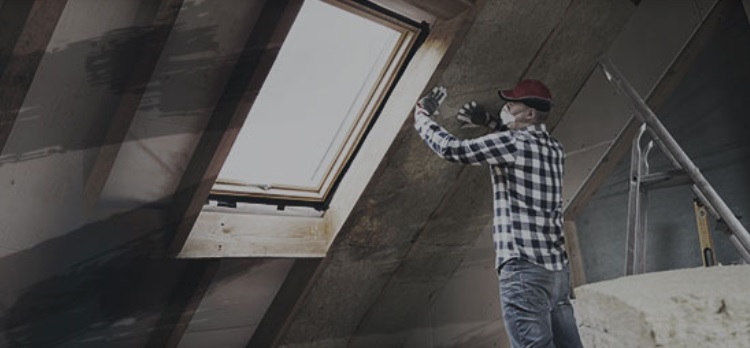What’s The Difference Between Impact And Airborne Noise?

There are two types of sound that can affect your quality of living. They are airborne and impact noise. In this article we will discuss what the difference is between the two.
In order to effectively protect your home or workspace against noise pollution, you will need to have a combination of sound proofing that covers both types.
Impact Noise
Impact noise is created when two or more objects collide with one another creating vibrations. These vibrations generate sound waves that can travel a long way through dense materials. As impact noise is able to travel through structures it is sometimes referred to as structure-borne noise.
The most common place to hear impact noise is through your ceiling from the floor above. Things such as people walking around, doors banging, something being dropped on the floor or even water running through pipes above you are classic examples of impact noise. Another example of impact noise would be a jackhammer digging the road up outside your house.
Airborne Noise
All sound is the result of waves causing vibrations that can be picked up by the ear or some form of recording device after travelling through a given medium. For airborne noise, as the name suggests, the medium is air.
These noises that are transmitted through air are the most common noises you hear such as people talking, dogs barking, televisions and music. When these sound waves travel through the air and come into contact with a structure, they hit it and cause it to vibrate. The sound is then radiated out the other side of the structure at a reduced volume.
Which is affecting you the most?
Most people have experienced noise pollution from either airborne or impact noise or a combination of both at some point. Noisy neighbours in close proximity housing such as flats and terraced houses are usually the biggest culprits.
Firstly you will need to tell if you are being affected more by airborne or impact noise. There are a couple of simple tests to tell.
If you put your hand on a wall and you can feel a vibration accompanying the noise, then it is impact noise. If you can’t feel a vibration but can hear the noise, then it is airborne.
If the noise is coming from above or below you then again it is quite simple to quickly determine which noise is causing the most problem. Furniture being moved, footsteps and any kind of banging or thumping will be impact noise. Talking, vacuuming, TVs and music playing are airborne noises.
How Does The Sound Travel And How Can You Stop It?
Sound waves that come into contact with solid material will either be reflected back into the room, be absorbed by the structure or pass through it to the other side.
Sound can travel by direct and in-direct means. Direct sound would be the noise you hear through your wall when the neighbours have their music turned up, for example.
Indirect sound is where sound reaches you through indirect methods, such as water sloshing around in pipes. The indirect noise will travel over, under and around any obstacles in its path. This indirect noise is known as flanking.
Flanking sound is much more difficult to deal with as you may not be able to identify where exactly it is coming from. Plus it could be coming from multiple sources such as the space between floorboards, cavities in the wall or between the ceiling structure.
Thankfully there are many soundproofing solutions available to deal with these flanking noises and all other sorts. From acoustic insulation panels to sound breaker bars and acoustic underlay, to name but a few.
According to Mike from soundproofing company Noisestop Systems “A professional soundproofing company will be able to help you identify the source of your noise issue and advise on the best course of action to treat it.” Leaving you to enjoy a peaceful life where you get to shut out the noise of the outside world and choose what you listen to instead.




